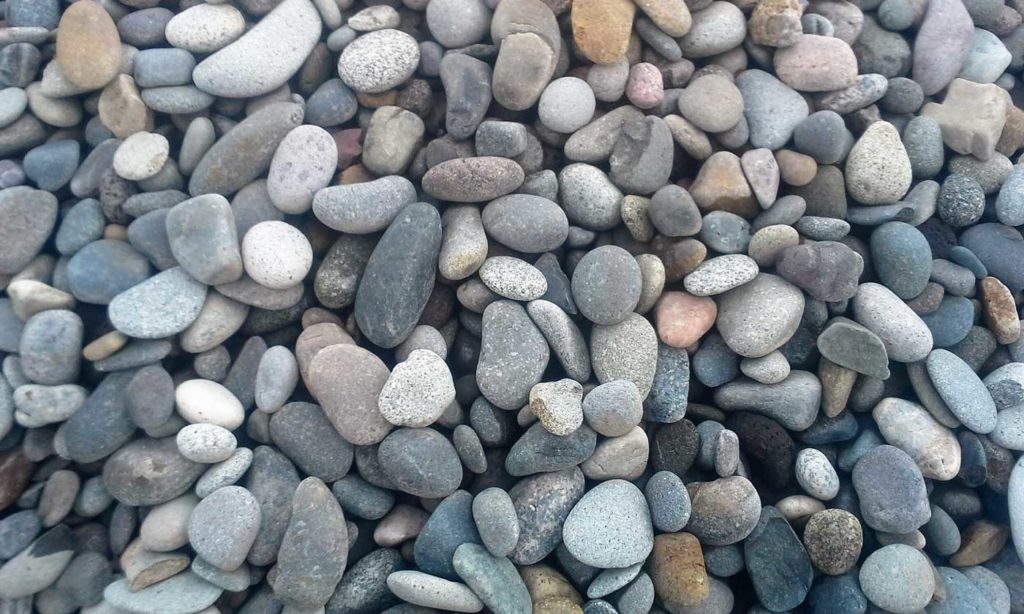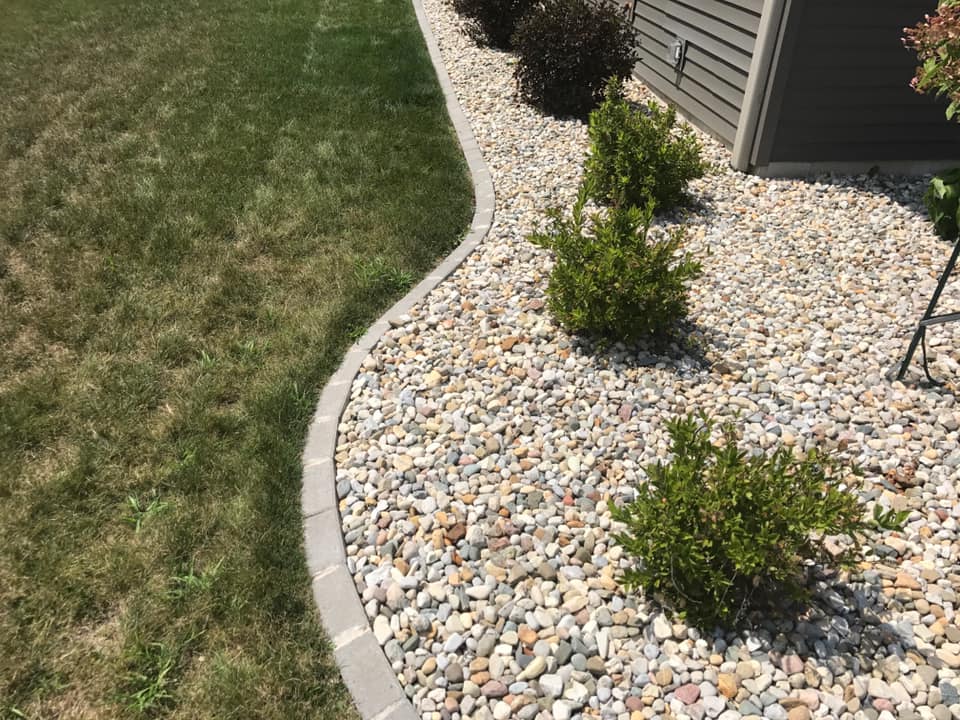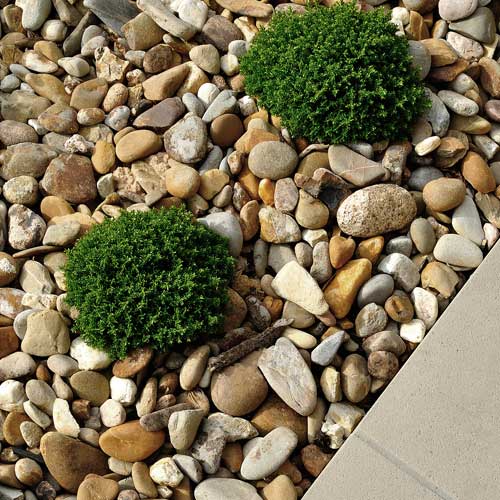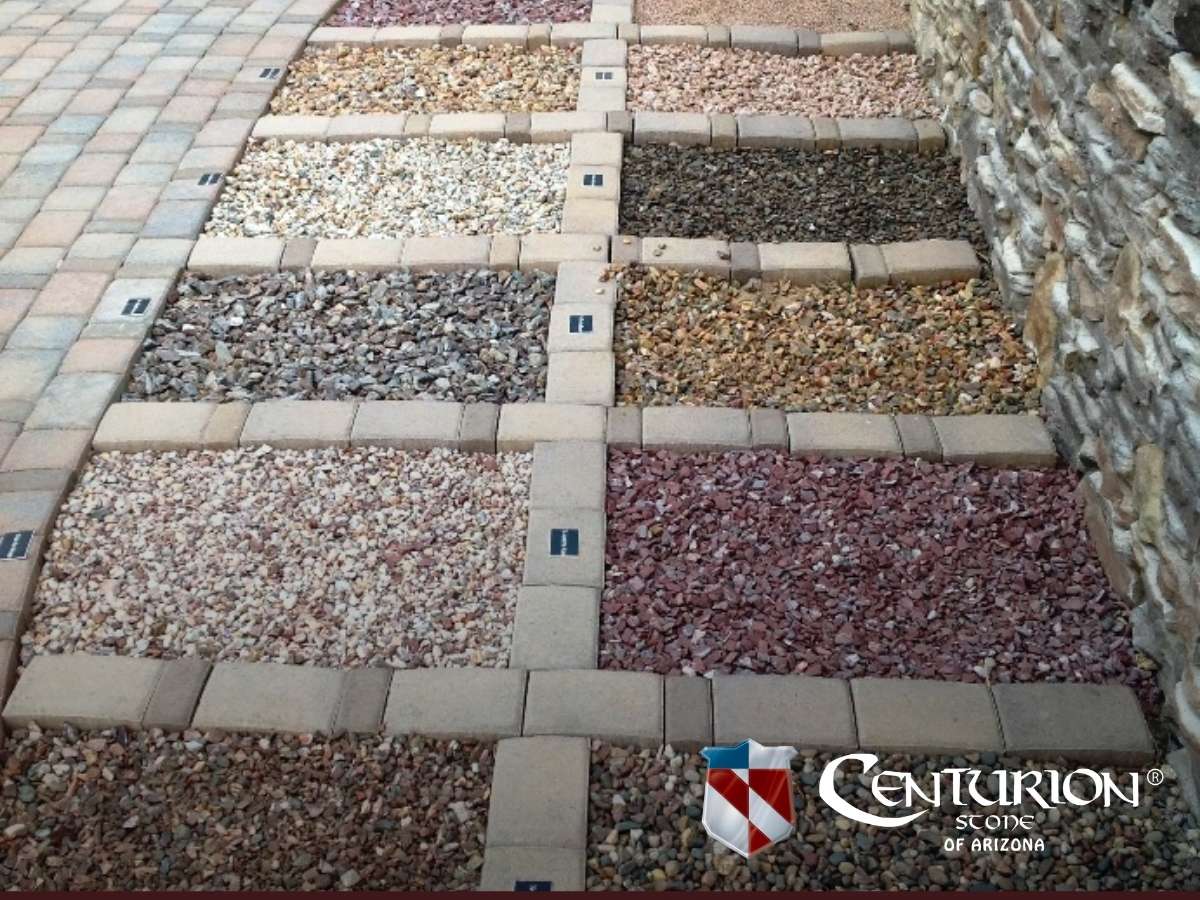When it comes to enhancing the beauty of your outdoor space, few materials are as versatile and aesthetically pleasing as decorative gravel. With its wide range of colors, textures, and sizes, decorative gravel can elevate any landscaping project, whether you’re creating a serene garden path, a stylish patio, or a vibrant flower bed. In this comprehensive guide, I’ll share my personal experiences, practical tips, and extensive research about decorative gravel and how you can use it to transform your landscape into a stunning outdoor oasis.
What is Decorative Gravel?
Decorative gravel refers to small stones or fragments of rock used in landscaping for aesthetic and functional purposes. Unlike standard gravel used for construction, decorative gravel typically comes in various shapes, sizes, and colors, allowing homeowners and landscapers to incorporate it into their designs creatively. From pebbles to crushed stone, the options are endless.
Types of Decorative Gravel
Each type of decorative gravel has unique characteristics that make it suitable for various landscaping projects. Here’s a breakdown of some popular types:
- Pea Gravel: Small, round stones that are smooth to the touch, ideal for pathways and play areas.
- Crushed Stone: Angular stones that interlock, providing excellent drainage. Great for driveways and as a base for other materials.
- River Rock: Naturally rounded stones available in various sizes, perfect for gardens and water features.
- Decorative Stone: Larger pieces often used for rock gardens, borders, or as a top layer in flower beds.
- Quartz Gravel: Brightly colored options that add a sophisticated touch to any landscape project.
Benefits of Using Decorative Gravel in Landscaping
Using decorative gravel in your landscaping can offer numerous advantages. Here are some of the key benefits I’ve discovered:

1. Aesthetically Pleasing
Decorative gravel adds visual interest to any outdoor space. With an array of colors and textures, it can complement floral displays and other design elements.
2. Low Maintenance
Once installed, gravel requires minimal upkeep compared to other landscaping materials like grass or mulch. A quick raking or hosing down can keep it looking fresh.

3. Excellent Drainage
Gravel is known for its ability to allow water to flow through, which can help prevent puddling and erosion in your garden.
4. Versatile Applications
Whether you’re looking to create a pathway, a decorative border, or drainage solutions, decorative gravel can serve multiple purposes.

5. Cost-Effective
Compared to other landscaping materials, decorative gravel can often be more affordable and can cover larger areas effectively.
Choosing the Right Decorative Gravel for Your Landscape
Choosing the right gravel can seem overwhelming, but it doesn’t have to be. Here are some key factors to consider:

1. Purpose
Determine the main purpose of using gravel in your landscape. Are you creating a path, driveway, or decorative feature? This will influence your choice.
2. Color and Texture
Consider the existing colors and textures in your landscape. You want your gravel to complement the overall look, not clash with it.

3. Size
Different sizes of gravel serve different purposes. For example, pea gravel is great for comfortable walking paths, while larger stones are ideal for decorative features.
Installation Process for Decorative Gravel
Installing decorative gravel can be a simple DIY project or a more complex endeavor, depending on your design. Below is a step-by-step guide based on my experiences.

1. Prepare the Area
Start by clearing the area of grass, weeds, and debris.
Tools Needed:
- Shovel
- Rake
- Landscape fabric (optional)
- Edging material (optional)
2. Install Edging (Optional)
If desired, install an edging material to define the area and prevent gravel from spilling into other spaces.

3. Lay Landscape Fabric (Optional)
For weed control, consider laying landscape fabric before adding the gravel. This will help minimize weed growth without obstructing drainage.
4. Add Gravel
Pour the gravel into the prepared area and spread it evenly using a rake. Aim for a depth of 2-3 inches for adequate coverage.
5. Compact the Gravel
To ensure stability, you may want to compact the gravel with a tamper or your foot. This step helps to lock the stones in place.
Maintenance Tips for Decorative Gravel
While gravel requires minimal maintenance, following these tips can help keep your landscape looking its best:
1. Regular Raking
Periodically rake your gravel to redistribute stones and maintain an even surface.
2. Weed Control
Keep an eye out for weeds and remove them promptly. A quality landscape fabric can reduce the number of weeds.
3. Refreshing the Gravel
Over time, your gravel may become discolored or compacted. Adding a fresh layer can rejuvenate its appearance.
Pros and Cons of Decorative Gravel
Pros
- Enhances visual appeal
- Low maintenance requirements
- Good drainage properties
- Versatile for various landscaping needs
- Cost-effective solution
Cons
- Can be displaced by heavy rain or foot traffic
- May need occasional refreshing
- Can become hot in direct sunlight
Decorative Gravel vs. Other Landscaping Materials
To help you understand the benefits of decorative gravel, here’s a comparison with other popular landscaping materials:
| Material | Cost | Maintenance | Drainage | Aesthetic Appeal |
|---|---|---|---|---|
| Decorative Gravel | Low | Low | Excellent | High |
| Mulch | Medium | Medium | Poor | Medium |
| Concrete | High | Low | Poor | Medium |
| Sod | Medium | High | Poor | High |
Frequently Asked Questions
1. Is decorative gravel suitable for driveways?
Absolutely! Decorative gravel can create a charming driveway, but ensure you choose angular crushed stone to improve stability.
2. How do I prevent weeds from growing in my decorative gravel?
Using landscape fabric under your gravel can significantly reduce weed growth. Regular maintenance and hand-pulling can also help.
3. Can I use decorative gravel in a water feature?
Yes, decorative gravel can enhance water features like ponds or fountains. Just ensure you choose river rock or smooth stones for a natural look.
4. How deep should I lay decorative gravel?
A depth of 2-3 inches is generally sufficient for most applications, providing a solid cover while allowing for proper drainage.
5. Will my decorative gravel wash away during heavy rains?
Some displacement may occur, especially with lighter gravels. To minimize this, consider using a heavier type or install edging to keep it contained.
In conclusion, decorative gravel is a stunning and practical choice for any landscaping project. With its variety of types, easy installation, and low maintenance, it can transform your outdoor space into a picturesque retreat. My journey with decorative gravel has been nothing short of rewarding, and I encourage you to explore its potential in your landscaping endeavors. Happy gardening!